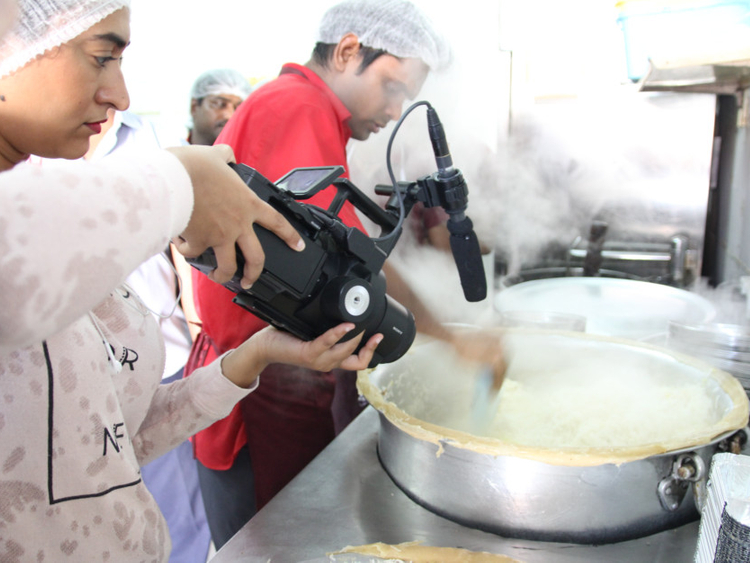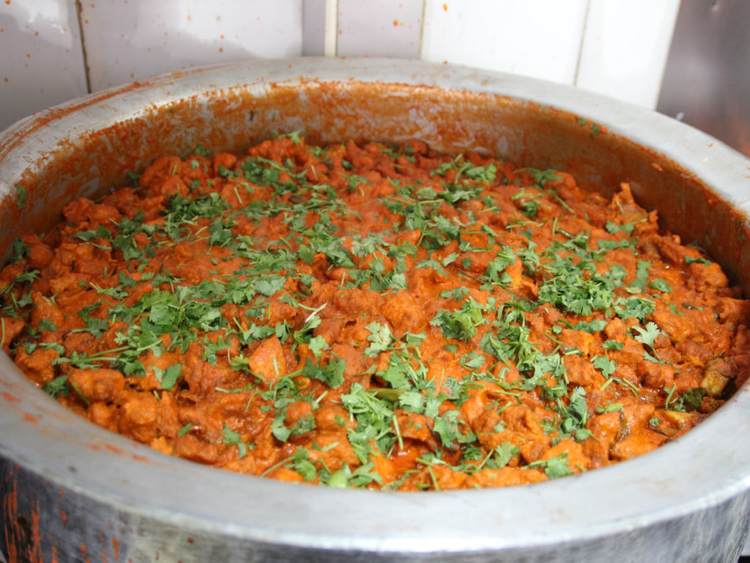
Dubai: A rose by any other name would smell as sweet. Agreed. But the same cannot be said about biryani. There are biryanis and then there’s Hyderabadi Biryani.
Being a true Hyderabadi from the capital city of Telangana, India, the connoisseur in me cannot accept any meat and rice preparation masquerading as biryani.
A couple of years ago a friend of a friend posted on Facebook that Lucknowi biryani from Uttar Pradesh is the best, which led to a debate with people from all over the country claiming their state’s or city’s version is the best.
Well, you’d have guessed my response. Combining some cooked meat (pakka) and coloured rice, or cooking these two with some spices and veggies thrown in isn’t biryani. At best you may call it pulao, pilaf or whatever.
As part of that social media debate I have come across some known and a few unheard of names in the realm of biryani — Awadhi, Bombay, Kolkata, Bhatkal, Ambur, Dindigul, Thalassery. I beg to differ. A biryani by any other name wouldn’t taste the same!
Unless the key ingredients — marinated meat and semi-cooked long grain Basmati — are cooked in ‘dum’, you can’t call it a biryani. This one-pot kachcha (raw) biryani, involving the layering of half-cooked rice over the meat, traces its origins to the first Nizam of Hyderabad Asaf Jah’s reign (1724 to 1748). According to the tales of yore, the royal chef (bawarchi) devised this method with the game meat during hunting expeditions for the Nizam and his entourage.
Perhaps it was the first fast food prepared with basic spices for the hungry huntsmen. Later it was perfected into a delicious dish. What makes it so distinct? Just everything about it. Right from the choice of tender meat (preferably goat, though lamb is also used), to exotic spices including the best quality saffron, long-grain fragrant rice, thick yoghurt, ginger/garlic paste, pure ghee (clarified butter), fried onion, rose and kewda water to add to the flavour. And above all the right kind of ‘degh’ (vessel) with a snugly fitting lid to cook the biryani in ‘dum’ (cooking in its own steam) is a must. It should be wide and not too deep to allow the mixing of biryani to combine all the flavours and colours before serving.
But how authentic is Hyderabadi biryani, now? That’s debatable, as the centuries’ old recipe originally used scores of spices, each imparting its distinct flavour to the final dish. Since the royal khansamas and bawarchis held the secret close to their heart and lost down the generations, just a few, but key, spices are used now. Nevertheless, it’s as best as it tastes.
Today, the fragrance of Hyderabad has spread all over the country and other countries, too. While many Indian restaurants serve this delectable dish overseas, some restaurants in Hyderabad are so popular that people flying out of the city pick up piping hot biryani from the airport. When people think of biryani Paradise and Bawarchi biryanis come to their mind.
And for me here in Dubai, it’s the ‘mutton biryani’ from Tayeb’s Kitchen and in Sharjah it’s Morning Star restaurant in Rolla area. They tickle my taste buds. I have tried biryanis at most places in these two emirates. My quest continues, though. I am not here to say other biryanis don’t measure up. They, too, are delicious in their own right. But my yardstick here is the ‘Hyderabadi’ tag. Even in Hyderabad, some food outlets serve pukka biryani, where the meat cooked with spices, onion and tomatoes is placed between two layers of 80% cooked rice and steamed for about 15 minutes.
In the kachcha dum method, the marinated meat is placed in the degh and the first layer of rice, which is about 30% done is spread over it. Next comes the flavouring agents such as golden brown fried onion, a sprinkling of kewda and rose water, cardamom powder and garam masala, chopped mint and coriander leaves and a generous amount of ghee.
By now, the rest of the rice would have cooked up to 50-60% which forms the final layer that is garnished with the same ingredients plus saffron water. The saffron imparts a delicate fragrance and adds a pleasing colour to the dish.
The degh is hermetically sealed with the lid using either dough or moistened cloth along the rim and is cooked on medium flame for about half an hour.
The steam thus generated not only cooks the meat thoroughly but also evenly cooks the two layers of rice and the spices infuse their flavours to the whole biryani.
Once done, when the cook works his ladle through the rice down to the meat, what we get is a mix of melt-in-your-mouth meat with white and saffron-tinged steamed rice and a smattering of the sweetness of the fried onion and the appealing greens of mint and coriander. Let my smorgasbord be spread with just authentic Hyderabadi Biryani! Does it figure chicken or fish biryani? No. It just has to be mutton biryani. Other varieties are just to satisfy individuals taste.
Tayeb’s Kitchen in Deira behind Dnata office complex is one place where you can get authentic Hyderabadi biryani. It serves a variety of this signature dish including Chicken biryani, Chicken 65 biryani and Fish biryani to cater to all. It is served with mirchi ka salan (a gravy with whole green chilly), salad and raita (beaten yoghurt mixed with salt, pepper and roasted ground cumin powder).
Apart from this, Tayeb’s also specialises in Mughlai and other Hyderabadi dishes.
A must try item is their Dabal ka Meetha, a sweet dish made of bread fried in ghee and cooked in sugar syrup and topped with khoya (solidified milk) and fried chashew and raisins. It’s a typical Hyderabadi dessert. Other desserts you get here are Kaddu ka Kheer, Khubani ka Meetha and Gajar ka Halwa, made of bottle gourd, apricot and carrot respectively.
Tayeb’s Haleem is another not to be missed one-pot dish. It’s made of goat meat cooked on low heat for several hours with soaked wheat, lentils, spices, ginger-garlic paste, fried onion, green chillies, lots of ghee.
Cooked to a thick paste, this is served with a dash of lime juice and garnished with fried onion and chopped coriander is much sought after during Ramadan to end the daylong fast.
Kiran Kumar Karanam, an MBA graduate from Manchester University, who worked as an HR manager in the UAE, quit his enviable job to start this restaurant with his partner Mohammad Khaja Moinuddin about seven years ago. Today, with a 20-strong staff from India and other Asian countries, Tayeb’s Kitchen is known for its Hyderabadi food. Chef Abdul Farooq Shaikh prepares talawa gosh (fried mutton), maragh (mutton) soup and lagan chicken (fried chicken) as weekend specials.
There are no stars or a certificate to be given, but it’s top on my list for a biryani.














